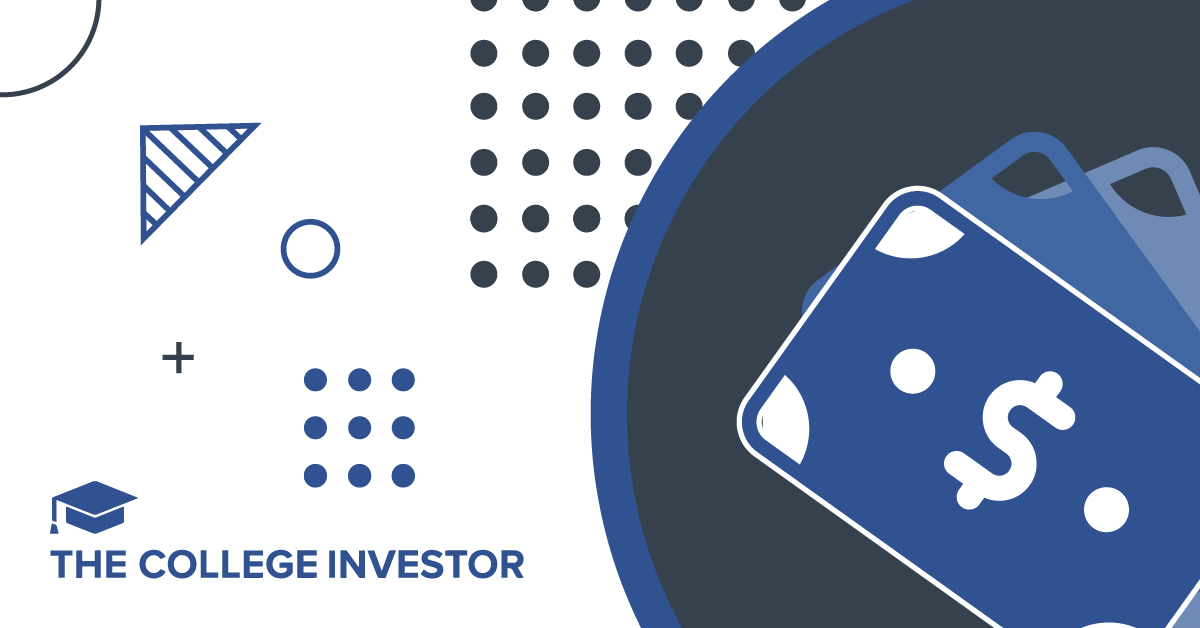Business Loan Interest Rates 2025: Trends & Preparation


Securing a loan can be a turning point for a small business—whether you’re looking to expand, manage cash flow, or take on new opportunities. But in 2025, borrowing costs are changing. With interest rates fluctuating across lenders and loan types, understanding what affects those rates can help you make better decisions. This guide breaks down what to expect from business loan interest rates in 2025 and how to prepare if you’re planning to borrow.
In 2025, business loan interest rates vary depending on the lender, loan type, and borrower profile. Here’s a look at what business owners can typically expect:
Lenders consider several factors when determining interest rates for business loans. Understanding these can help you anticipate potential rates and identify areas to improve your loan eligibility.
Lenders often evaluate both personal and business credit scores. A personal credit score of 670 or higher is generally considered good and may improve your chances of qualifying for a lower interest rate. According to Experian, a FICO® Score between 670 and 739 falls within the “Good” range.
Different loan types come with varying risk levels and costs. For instance, SBA and bank loans typically offer lower rates but have more stringent requirements. Online loans usually have higher rates due to easier qualification processes and increased lender risk.
Banks and credit unions often provide lower rates compared to online lenders. However, they may require more extensive documentation and longer approval times. Online lenders offer quicker and more flexible options but often at higher interest rates.
Interest rates are influenced by the broader economy. Factors such as inflation and the Federal Reserve’s benchmark rates can cause borrowing costs to fluctuate. In 2025, loan rates may continue to shift depending on economic performance throughout the year.
Improving your loan application can make it easier to qualify for financing and may help you secure more favorable terms. Lenders want to see that your business is stable, reliable, and capable of repaying the loan.
Before applying, check your personal and business credit reports. Address any errors and work on paying down existing debts. You can monitor your credit for free through services like AnnualCreditReport.com, which offers access to reports from all three major bureaus.
Lenders will likely ask for documents like profit-and-loss statements, tax returns, and balance sheets. These help them evaluate your business’s revenue, expenses, and overall financial health. Make sure your records are accurate, current, and well-organized.
Providing collateral—such as equipment, real estate, or inventory—can reduce the lender’s risk. In some cases, offering assets may help you qualify for a lower interest rate or a larger loan amount. However, be sure you’re comfortable with the risk of losing those assets if you can’t repay the loan.
Not all business loans are created equal. To understand the true cost of borrowing, you’ll need to look beyond just the interest rate. Comparing the full terms of each offer can help you avoid hidden costs and choose a loan that fits your business’s needs.
The annual percentage rate (APR) includes both the interest rate and any additional fees, such as origination charges or closing costs. This gives you a clearer picture of the total cost of the loan over time. Always request the APR when reviewing loan offers so you can make an apples-to-apples comparison.
Some lenders add fees that aren’t included in the APR. These might include application fees, late payment penalties, or prepayment charges if you pay off the loan early. Be sure to read the fine print and ask for a full breakdown of costs before you agree to anything.
Loan terms affect both your monthly payments and the total cost of borrowing. A longer term may offer lower monthly payments but will likely cost more in interest overall. A shorter term may save you money on interest, but the higher monthly payments could strain your cash flow. Choose the term that matches your financial situation and business goals.
Business loan interest rates will continue to be shaped by the economy, especially inflation trends and decisions made by the Federal Reserve. While no one can predict exact changes, paying attention to these signals can help you plan.
The Federal Reserve influences loan rates by adjusting its benchmark interest rate. If inflation remains a concern, the Fed may keep rates elevated or raise them further, which could push business loan rates higher. On the other hand, if inflation slows and the economy cools, the Fed may begin to lower rates gradually.
Keep an eye on economic forecasts, inflation data, and Fed announcements throughout the year. These indicators can give you a general sense of whether borrowing will become more or less expensive. Staying informed can help you decide when it might make sense to apply for a loan—or to wait.
Understanding how business loan interest rates work in 2025 can help you borrow more confidently. Rates vary depending on your credit, the lender, the loan type, and the overall economy. By strengthening your credit profile, organizing your financials, and comparing multiple offers, you can make informed choices that support your business goals.
As the year unfolds, staying flexible and paying attention to economic trends can help you adjust your strategy if needed. Whether you’re planning a major investment or just need extra working capital, preparation and research can go a long way in helping you find financing that works for your business.
The content provided is intended for informational purposes only. Estimates or statements contained within may be based on prior results or from third parties. The views expressed in these materials are those of the author and may not reflect the view of National Debt Relief. We make no guarantees that the information contained on this site will be accurate or applicable and results may vary depending on individual situations. Contact a financial and/or tax professional regarding your specific financial and tax situation. Please visit our terms of service for full terms governing the use this site.

Industrial flex space has become a quiet favorite among sophisticated investors seeking durable income backed by real business demand. If...

Getting an inheritance is the epitome of a mixed blessing. You receive a financial windfall, but the cause is the...

During his tenure as the California Secretary of Health and Human Services, Mike Wilkening cemented his reputation as a steady...